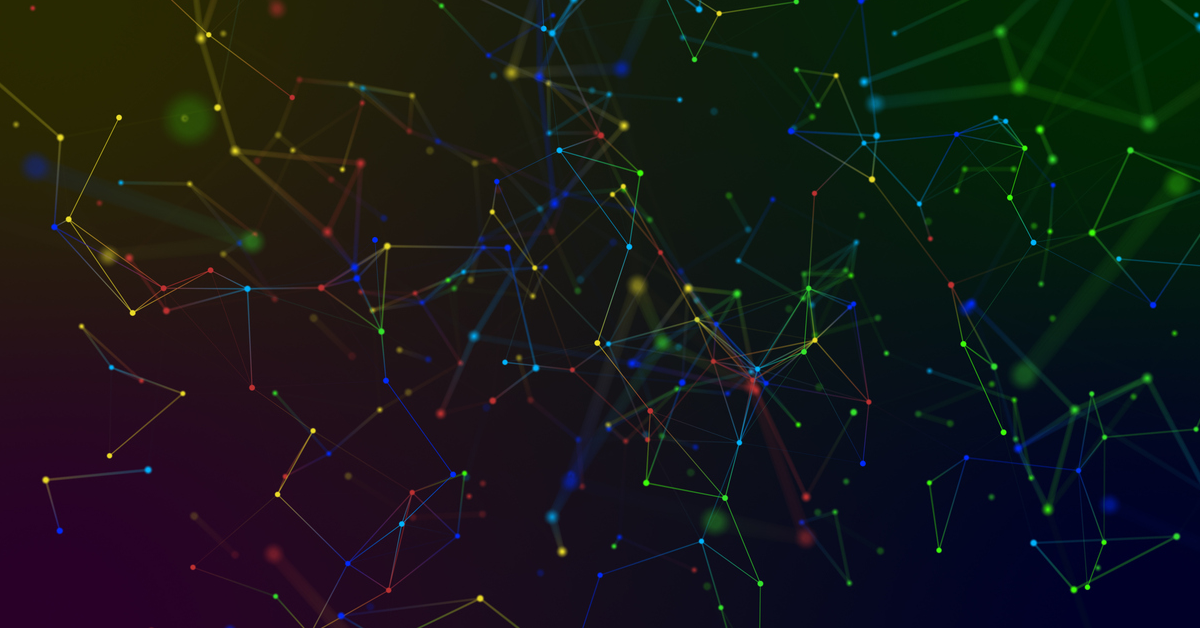The Increasing Importance of AI in Scientific Research: A Reflection on the 2024 Physics and Chemistry Nobel Prizes
Senior Analyst

AI: A Central tool in Scientific Discovery
Artificial intelligence (AI) is no longer a distant frontier for future technology but an important tool driving scientific discovery today. This year’s Nobel Prizes in Physics and Chemistry stand as powerful testaments to the growing influence of AI, not just as a tool but as an enabler of breakthroughs that were once thought impossible. From foundational advances in artificial neural networks to revolutionizing our understanding of protein structures, AI has become a key player in shaping modern science.
Physics Nobel Prize 2024: Machine Learning and Neural Networks
The 2024 Nobel Prize in Physics was awarded to John J. Hopfield and Geoffrey E. Hinton for their pioneering work in artificial neural networks, technologies that serve as the backbone for modern machine learning. By applying concepts from statistical physics, Hopfield and Hinton developed neural networks capable of functioning as associative memories, finding patterns in massive datasets, and performing complex computational tasks once thought beyond human ability.
Their research has enabled progress in a variety of fields, from particle physics to astrophysics. The applications of these neural networks extend into everyday technologies like facial recognition, language translation, and medical diagnoses. Hinton, widely regarded as one of the “godfathers” of AI, laid a foundation that researchers are still building on today, continually refining neural networks to unlock deeper insights into the universe.
This recognition by the Nobel committee highlights not only the importance of these fundamental discoveries but also the vast potential of AI-driven science in areas like quantum mechanics, materials science, and even the detection of new particles. AI is becoming an indispensable tool for physicists as they tackle problems with complexity beyond what traditional methods can address.
Chemistry Nobel Prize 2024: AI and Protein Structure Prediction
The 2024 Nobel Prize in Chemistry, shared between David Baker, Demis Hassabis, and John Jumper, showcased another way AI is transforming scientific research. Baker’s computational protein design and Hassabis and Jumper’s groundbreaking AlphaFold2 AI model have revolutionized our understanding of proteins, which are the building blocks of life.
Hassabis and Jumper’s AlphaFold2 model solved one of biology’s most enduring puzzles—predicting the 3D structures of proteins based on their amino acid sequences. This problem has baffled researchers for over 50 years. AlphaFold2 can now predict protein structures with astonishing accuracy, a breakthrough that is already making waves in biomedical research. From drug discovery to exploring the biological underpinnings of diseases like cancer, neurodevelopmental disorders, and viral infections, AlphaFold2 is providing scientists with new tools to approach these problems from innovative angles.
Baker’s work, on the other hand, focused on creating entirely new kinds of proteins through computational design, opening exciting possibilities for developing synthetic proteins with novel functions. Together, their achievements represent a major leap in the use of AI in chemistry, biology, and medicine, pushing boundaries and addressing challenges that were previously out of reach.
AI’s Increasing Role in Research
These Nobel Prizes highlight a broader trend: AI is not just a tool for accelerating existing research processes; it is fundamentally altering the landscape of what is possible in science. Whether it’s combing through large datasets or predicting molecular structures with precision, AI is enabling discoveries that were unimaginable just a few decades ago. But this growing reliance on AI also brings new challenges, especially in the context of research rigor.
Challenges with AI in Research
The use of AI for scientific research, while promising, comes with its own set of challenges. One major concern is the issue of attribution and citation. How do researchers give credit to AI models or the data they were trained on? Properly recognizing the role of AI in collaborative research efforts is crucial to maintaining transparency in scientific endeavors.
Moreover, there is the issue of reproducibility. Traditionally, scientific results can be replicated by following the same experimental steps, but when AI is involved, the waters become murkier. Even if a model, its version, and prompts are shared, results may differ depending on the context in which the model is run or even subtle changes in the data fed into the system. This variability poses significant challenges for researchers who are trying to validate and reproduce results obtained with AI models.
Finally, as AI systems grow more sophisticated, so too must the researchers using them. The complexity of the algorithms and the need for specialized knowledge to interpret AI-driven insights means that scientists from across disciplines will need to collaborate more closely with data scientists and AI experts. This interdisciplinary approach will be essential for ensuring that AI remains a reliable and valuable partner in the quest for new scientific knowledge.
Conclusion
The 2024 Nobel Prizes in Physics and Chemistry have underscored AI’s indispensable role in modern scientific research. From breakthroughs in machine learning to solving age-old biological mysteries, AI is enabling discoveries that are transforming our understanding of the world. While challenges like reproducibility and attribution remain, the potential of AI in science is vast and growing. As AI continues to push the boundaries of research, it is clear that its influence will only grow, driving more groundbreaking discoveries.
Categories
Share Article:

Other Posts From this Author:
© Copyright 2025, The Tambellini Group. All Rights Reserved.